
WEF_Global_Risks_2015_Report
.pdf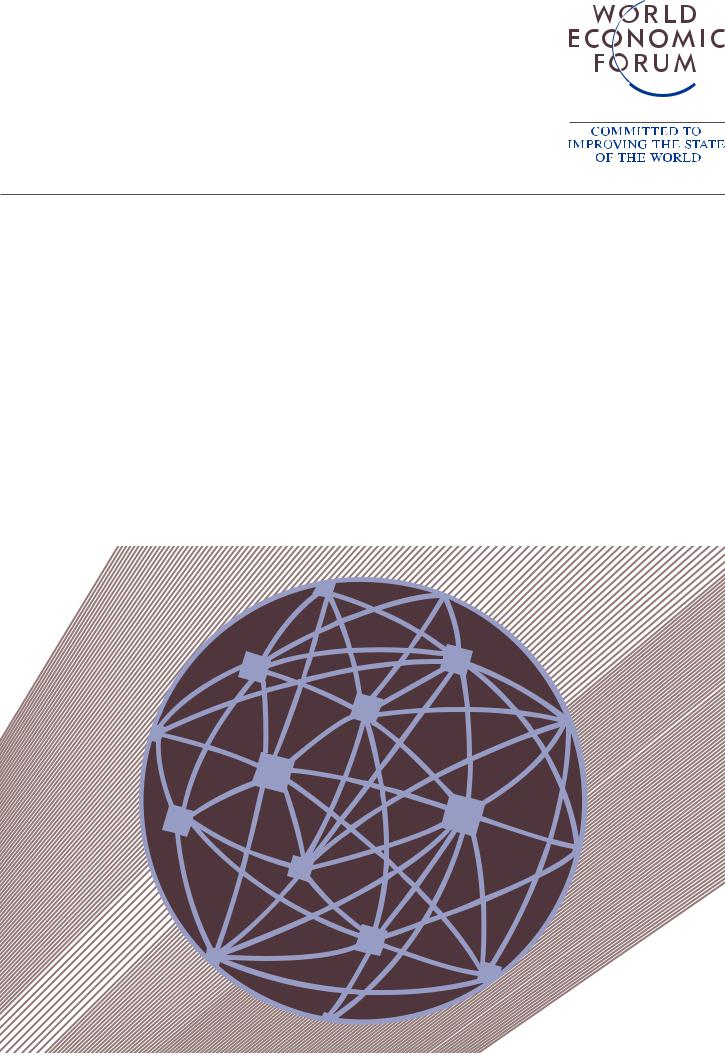
Insight Report
Global Risks 2015
10th Edition

Global Risks 2015, 10th Edition is published by the World Economic Forum within the framework of The Global Competitiveness and Benchmarking Network.
The information in this report, or on which this report is based, has been obtained from sources that the authors believe to be reliable and accurate. However, it has not been
independently verified and no representation or warranty, express or implied, is made as to the accuracy or completeness of any information obtained from third parties. In addition, the statements in this report may provide current expectations of future events based on certain assumptions and may include statements
that do not directly relate to a historical or current fact. These statements involve known and unknown risks, uncertainties and other factors which are not exhaustive. Readers are cautioned not to place undue reliance on these statements. The companies contributing to this report undertake no obligation to publicly revise or update any statements, whether as a result of new information, future events or otherwise, and they shall in no event be liable for any loss or damage arising in connection with the use of the information in this report.
World Economic Forum
Geneva
World Economic Forum®
© 2015 – All rights reserved.
No part of this publication may be reproduced or Transmitted in any form or by any means, including Photocopying and recording, or by any information Storage and retrieval system.
REF: 090115
This report and an interactive data platform are available at www.weforum.org/risks.
World Economic Forum 91-93 route de la Capite CH-1223 Cologny/Geneva Switzerland
Tel.: +41 (0) 22 869 1212
Fax: +41 (0) 22 786 2744
contact@weforum.org
www.weforum.org
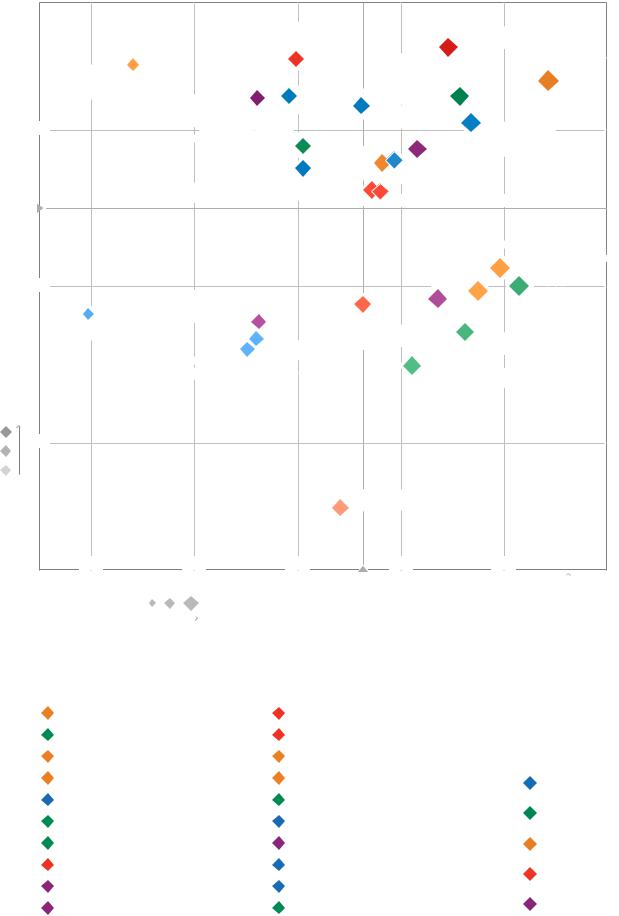
Figure 1: The Global Risks Landscape 2015
5.0
average
4.74
4.5
4.0
Impact
Spread of |
Water crises |
|
infectious diseases |
||
|
|
|
|
|
Failure of |
|
Interstate |
|
Weapons of |
|
|
|
|
conflict |
||
|
|
|
climate-change |
|
|
||
mass destruction |
Energy price |
|
|
|
|||
|
adaptation |
|
|
||||
Critical information |
shock |
|
|
|
|
|
|
infrastructure breakdown |
|
Fiscal crises |
|
|
|||
Biodiversity loss and |
|
|
|
|
|
|
Unemployment |
|
|
|
|
Cyber |
|
or underemployment |
|
ecosystem collapse |
|
Terrorist |
|
|
|
||
|
|
|
attacks |
|
|
||
|
|
|
|
|
|
||
Failure of financial |
|
attacks |
|
Asset bubble |
|
|
|
|
|
|
|
|
|||
|
|
|
|
|
|
|
|
mechanism or institution |
Food crises |
Profound social instability |
|||||
|
|
||||||
|
|
|
|
|
|
|
Failure of |
|
|
|
|
|
State collapse |
national governance |
|
|
|
|
|
|
|
||
|
|
|
|
|
or crisis |
|
|
Misuse of |
|
|
|
|
|
|
Extreme |
technologies |
|
Large-scale |
|
Data fraud |
|
weather events |
|
Unmanageable |
|
|
or theft |
|
|
||
inflation |
|
involuntary migration |
|
Natural catastrophes |
|||
Deflation |
|
|
|
|
|||
|
|
|
|
|
|
||
Failure of |
|
|
|
|
|
|
|
critical infrastructure |
|
|
|
|
Man-made environmental |
||
|
|
|
|
|
catastrophes |
|
|
Failure of urban planning |
3.5 |
4.0 |
4.5 |
5.0 |
5.5 |
|
|
|
|
|
|
average |
|
|
|
|
|
|
plotted |
|||||
Likelihood |
|
|
7.0 |
|
|
|
|
area |
||||||||||
|
|
|
|
|
|
|
|
|
|
|
|
|||||||
|
|
|
|
|
|
|
|
|
|
|
|
|
|
|
|
|
|
|
|
|
|
|
|
|
|
|
|
|
|
|
|
|
|
|
|
|
|
|
|
|
|
|
|
|
|
|
|
|
|
|
|
|||||
|
|
|
|
|
|
|
|
|
|
|
|
|
|
|
|
|
|
|
|
|
|
|
|
|
|
|
|
|
|
|
|
|
|||||
Top 10 risks in terms of |
Top 10 risks in terms of |
|
|
|
|
|
|
|
|
|
|
|||||||
|
|
|
|
|
|
|
|
|
|
|||||||||
1.0 |
7.0 |
|||||||||||||||||
Likelihood |
Impact |
|||||||||||||||||
|
|
|
|
|
|
|
|
|
|
|||||||||
|
|
|
|
|
|
|
|
|
|
|
|
|
|
|
|
|||
1 |
Interstate conflict |
1 |
Water crises |
|
|
|
|
|
|
|
|
|
|
|||||
2 |
Extreme weather events |
2 |
Spread of infectious diseases |
|
|
|
|
|
|
|
|
|
|
|||||
|
|
|
Weapons of mass destruction |
|
|
|
||||||||||||
3 |
Failure of national governance |
3 |
|
Categories |
||||||||||||||
4 |
State collapse or crisis |
4 |
Interstate conflict |
|
|
|
|
|
|
|
|
|
|
|||||
|
|
|
Economic |
|||||||||||||||
|
Unemployment or underemployment |
|
|
Failure of climate-change adaptation |
|
|
|
|||||||||||
5 |
5 |
|
|
|
|
|
|
|
|
|
|
|||||||
6 |
Natural catastrophes |
6 |
Energy price shock |
|
|
|
Environmental |
|||||||||||
7 |
Failure of climate-change adaptation |
7 |
Critical information infrastructure breakdown |
|
|
|
Geopolitical |
|||||||||||
|
|
|
|
|
|
|
|
|
|
|
||||||||
8 |
Water crises |
8 |
Fiscal crises |
|
|
|
|
|
|
|
|
|
|
|||||
9 |
Data fraud or theft |
9 |
Unemployment or underemployment |
|
|
|
Societal |
|||||||||||
|
|
|
|
|
|
|
|
|
|
|||||||||
10 |
Cyber attacks |
10 |
Biodiversity loss and ecosystem collapse |
|
|
|
Technological |
|||||||||||
Source: Global Risks Perception Survey 2014.
Note: Survey respondents were asked to assess the likelihood and impact of the individual risks on a scale of 1 to 7, 1 representing a risk that is not likely to happen or have impact, and 7 a risk very likely to occur and with massive and devastating impacts. See Appendix B for more details. To ensure legibility, the names of the global risks are abbreviated. Also see Appendix A for the full name and description.
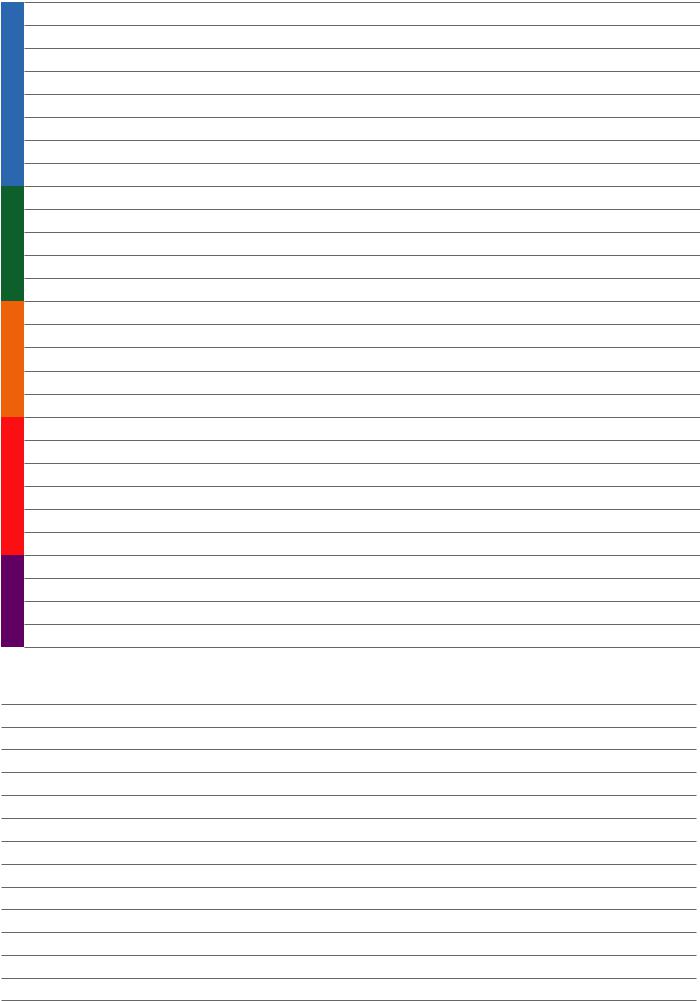
Table A: Global Risks 2015
Economic
Geopolitical Environmental
Societal
Technological
Asset bubble in a major economy
Deflation in a major economy
Energy price shock to the global economy
Failure of a major financial mechanism or institution
Failure/shortfall of critical infrastructure
Fiscal crises in key economies
High structural unemployment or underemployment
Unmanageable inflation
Extreme weather events (e.g. floods, storms, etc.)
Failure of climate-change adaptation
Major biodiversity loss and ecosystem collapse (land or ocean)
Major natural catastrophes (e.g. earthquake, tsunami, volcanic eruption, geomagnetic storms)
Man-made environmental catastrophes (e.g. oil spill, radioactive contamination, etc.)
Failure of national governance (e.g. corruption, illicit trade, organized crime, impunity, political deadlock, etc.)
Interstate conflict with regional consequences
Large-scale terrorist attacks
State collapse or crisis (e.g. civil conflict, military coup, failed states, etc.)
Weapons of mass destruction
Failure of urban planning
Food crises
Large-scale involuntary migration
Profound social instability
Rapid and massive spread of infectious diseases
Water crises
Breakdown of critical information infrastructure and networks
Large-scale cyber attacks
Massive incident of data fraud/theft
Massive and widespread misuse of technologies (e.g. 3D printing, artificial intelligence, geo-engineering, synthetic biology, etc.)
Table B: Trends 2015
Ageing population
Climate change
Environmental degradation
Growing middle class in emerging economies
Increasing national sentiment
Increasing polarization of societies
Rise of chronic diseases
Rise of hyperconnectivity
Rising geographic mobility
Rising income disparity
Shifts in power
Urbanization
Weakening of international governance
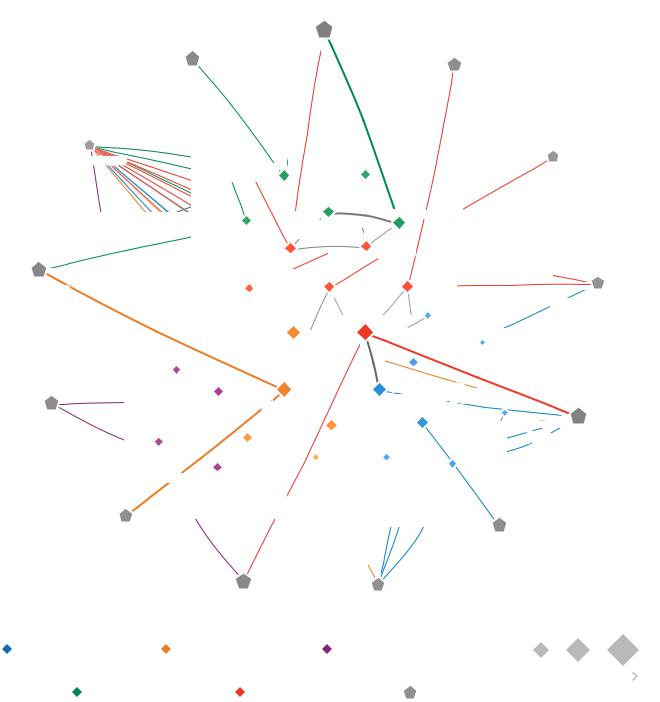
Figure 3: The Risks-Trends 2015 Interconnections Map
Climate change
Environmental degradation
Urbanization
Rising geographic mobility
Rise of chronic diseases
Biodiversity loss and ecosystem collapse
Extreme weather events
Failure of climatechange adaptation
Water crises |
Food crises |
|
Weakening of |
Failure of urban planning |
|
Growing middle class |
||
international governance |
||
|
in emerging economies |
|
Failure of national |
Profound social instability |
|
|
||
governance |
|
|
|
Unemployment or |
|
|
Interstate |
underemployment |
|
Rise of |
|
|
|
conflict |
Fiscal crises |
Asset bubble |
|
hyperconnectivity |
State collapse |
Rising income disparity |
|
|
|
||
|
or crisis |
|
|
|
Data fraud or theft |
|
|
Increasing national sentiment |
Ageing population |
|
Increasing polarization
of societies |
Shifts in power |
Economic |
Geopolitical |
Technological |
|
|
|
Risks |
Risks |
Risks |
|
|
|
Number and strength |
|||||
|
|
|
|||
Environmental |
Societal |
Trends |
of connections |
||
Risks |
Risks |
|
(“weighted degree”) |
||
Source: Global Risks Perception Survey 2014.
Note: Survey respondents were asked to select between three and six trends and to identify for each the risk they believe is most interconnected. See Appendix B for more details. To ensure legibility, the names of the global risks are abbreviated. Also see Appendix A for the full name and description.
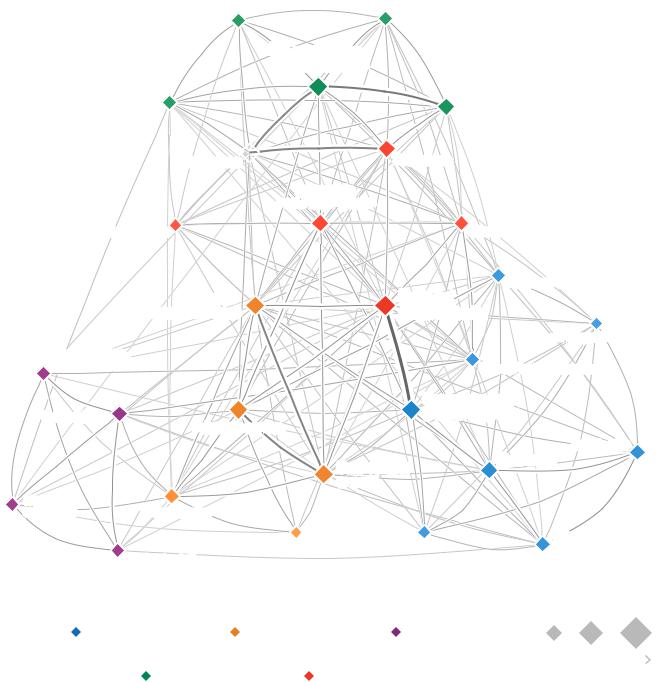
Figure 2: The Global Risks 2015 Interconnections Map
Biodiversity loss and ecosystem collapse
 Natural
Natural catastrophes
catastrophes
Failure of climate- |
change adaptation |
Man-made environ- mental catastrophes
Water crises
Large-scale |
involuntary migration
migration
Extreme weather events |
Food crises |
Spread of infectious diseases
Failure of |
national governance
governance
Failure of urban planning |
Energy price shock |
Profound
social instability |
Unmanageable inflation
Critical information infrastructure breakdown
breakdown
Cyber attacks
Interstate conflict
Failure of critical infrastructure |
Unemployment or underemployment
Asset bubble
State collapse |
Fiscal crises |
|
|
or crisis |
|
Misuse of
technologies |
Terrorist attacks |
Weapons of mass destruction |
Deflation |
Data fraud or theft
Failure of financial |
mechanism or institution
Economic |
Geopolitical |
Technological |
||
Risks |
Risks |
Risks |
|
|
|
||||
|
|
Number and strength |
||
Environmental |
Societal |
of connections |
||
Risks |
Risks |
(“weighted degree”) |
||
Source: Global Risks Perception Survey 2014.
Note: Survey respondents were asked to identify between three and six pairs of global risks they believe to be most interconnected. See Appendix B for more details. To ensure legibility, the names of the global risks are abbreviated. Also see Appendix A for the full name and description.

Global Risks 2015
10th Edition
Strategic Partners
Marsh & McLennan Companies
Zurich Insurance Group
Academic Advisers
National University of Singapore
Oxford Martin School, University of Oxford
Wharton Risk Management and Decision Processes Center, University of Pennsylvania

Contents
6Preface
Klaus Schwab
7Foreword
Espen Barth Eide
8Executive Summary
10Introduction
11Box 1: How has the Global Risks report been used?
12 Part 1: Global Risks 2015
14Box 1.1: The evolution of the risks of highest impact/likelihood
17Box 1.2: The rising threat from non-state actors
18Box 1.3: Asset bubbles – a new old risk?
19Box 1.4: Recent advances in the global regulation of the financial system
20Box 1.5: Black Sky – risks to critical infrastructure
21Box 1.6: The road to Paris – is 2015 make or break for climate change?
22Box 1.7: Governing the Internet – the need for mechanisms to maintain a unified and resilient network
26 Part 2: Risks in Focus
262.1 Introduction
272.2 Global Risks Arising from the Accelerated Interplay between Geopolitics and Economics
29 Box 2.1: Global supply chains – too lean?
30Box 2.2: The World Economic Forum’s work on geo-economics
312.3 City Limits: The Risks of Rapid and Unplanned Urbanization in Developing Countries
32 Box 2.3: Life in the city – how smart is smart?
33Box 2.4: Health in cities – robust plans are needed to face the threat of pandemics
362.4 Engineering the Future: How Can the Risks and Rewards of Emerging Technologies Be Balanced? 36 Box 2.5: Classifying emerging technologies
37 Box 2.6: Synthetic biology – protecting mother nature
39 Box 2.7: Gene drives – promises and regulatory challenges
40 Box 2.8: Artificial intelligence – rise of the machines
44Part 3: Good Practices on Risk Management and Risk Resilience
50 Conclusion
53 Appendix A: Description of Global Risks and Trends 2015
56Appendix B: The Global Risks Perception Survey 2014 and Methodology
58Appendix C: The Executive Opinion Survey and Views of the Business Community on the Impact of Global Risks on Their Business
62 Acknowledgements

Preface
This 10th edition of the Global Risks report is published at a time of profound transformations to our global context. Ongoing political, economic, social, environmental and technological developments are challenging many of our underlying assumptions. Across every sector of society, decision-makers are struggling to cope with heightened complexity and uncertainty resulting from the world’s highly interconnected nature and the increasing speed of change.
Faster communication systems, closer trade and investment links, increasing physical mobility and enhanced access to information have combined to bind countries, economies and businesses more tightly together. In the coming decade – the time horizon of this report
– our lives will be even more intensely shaped by transformative forces that are under way already. The effects of climate change are accelerating and the uncertainty about the global geopolitical context and the effects it will have on international collaboration will remain. At the same time, societies are increasingly under pressure from economic, political and social developments including rising income inequality, but also increasing national sentiment. Last but not least, new technologies, such as the Internet or emerging innovations will not bear fruit if regulatory mechanisms at the international and national levels cannot be agreed upon.
In a world where risks transcend borders and sectors, the motivations underlying the Global Risks report at its inception in 2005 – to shed light on global risks and help create a shared understanding of the most pressing
issues, the ways they interconnect and their potential negative impacts – are more relevant than ever. The shared understanding of challenges is needed as a base for multistakeholder collaboration, which has seen increasing recognition as the most effective way to address global risks and build resilience against them. To further inspire action, in this year’s report we include a new section sharing examples of risk mitigation and resilience practices.
As in previous years, the report is based on the annual Global Risks Perception Survey, completed by almost 900 members of the World Economic Forum’s global multistakeholder community. This year’s report introduces a new distinction between risks and trends, which allows the highlighting of trends as an enlarged solution space to many possible risks. The report also presents deep-dive discussions of the risks posed by a resurgence of interlinked economic and geopolitical power plays, the rapid urbanization of the developing world and the exciting realm of emerging technologies, from synthetic biology to artificial intelligence.
The coming year offers unprecedented opportunities for much-needed collective action to address key global risks, such as the Sendai world conference on disaster risk reduction and the 2015 United Nations Climate Change Conference in Paris. As we mark the 10th anniversary of the report and highlight progress that has been achieved over the past decade, my hope remains that this work will contribute to the debate on how we think about global risks, mitigate them and strengthen resilience.
Klaus Schwab
Founder and Executive Chairman
World Economic Forum
6 Global Risks 2015
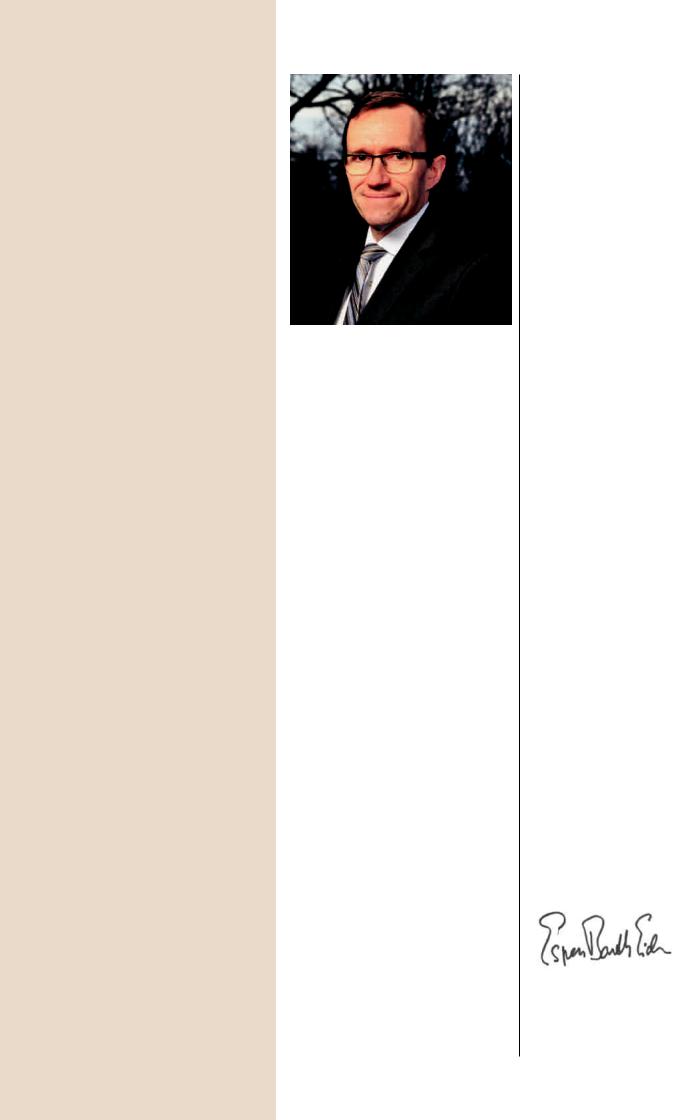
Foreword
Collaboration across countries, areas of expertise and stakeholder groups is necessary to effectively address global risks. As one of the flagship reports of the World Economic Forum, the Global Risks report has been a collaborative effort since its first edition in 2006. Produced within the World Economic Forum’s forward looking networked think tank, the Centre for Global Strategies, the report is able to draw on unique expertise available within the different communities and the knowledge networks of the World Economic Forum as well as within the organization as a whole.
The 2015 edition has established a Steering Board to provide strategic guidance as well as a high-level multistakeholder Advisory Board for advising on the methodology and the content of the report. The report’s corporate partners, academic advisors, and members of the Advisory Board contributed greatly to this endeavour. It also strongly builds on ongoing research, projects, debates and initiatives within the World Economic Forum. The insights presented here are the result of numerous discussions, consultations, and workshops and reflect the views of leaders from our various communities through the Global Risks Perception Survey.
With this in mind, I would like to thank our corporate report partners, Marsh & McLennan Companies and Zurich Insurance Group, represented on the Steering Board by John Drzik, President, Global Risk and Specialties, Marsh, and Axel Lehmann, Member, Group Chief Risk Officer, Zurich Insurance Group. Further, I am grateful
to our academic advisers the National University of Singapore, Oxford Martin School at the University of Oxford and the Wharton Risk Management and Decision Processes Center at the University of Pennsylvania.
The report has also greatly benefited from the dedication and valuable guidance of the members of the Global Risks 2015 Advisory Board. Members are Rolf Alter, Organisation for Economic Co-operation and Development; Mario Blejer, Banco Hipotecario; Oliver Chen, Global Valuation, who represents the National University of Singapore; Megan Clark, Commonwealth Scientific and Industrial Research Organization; Marie-Valentine Florin, International Risk Governance Council; Julian Laird, Oxford Martin School; Pascal Lamy, Notre Europe – Jacques Delors Institute; Ursula von der Leyen, Federal Minister of Defence of Germany; Erwann Michel-Kerjan, the Wharton School, University of Pennsylvania; Moisés Naím, Carnegie Endowment for International Peace; Jonathan Ostry, International Monetary Fund; Manuel Pulgar-Vidal Otalora, Minister of Environment of Peru; Nouriel Roubini, New York University; Anders Sandberg, University of Oxford; Richard Smith-Bingham, Marsh & McLennan Companies; Michelle Tuveson, University of Cambridge; Margareta Wahlström, United Nations International Strategy for Disaster Reduction; and Steve Wilson, Zurich Insurance Group.
I am also grateful to Margareta Drzeniek Hanouz, Lead Economist and Head, Global Competitiveness and Risks, and the Global Risks 2015 project team members Ciara Browne, Jonathon Cini, Roberto Crotti, Attilio Di Battista, Gaëlle Dreyer, Caroline Galvan, Thierry Geiger, Tania Gutknecht and Cecilia Serin for their contributions to the report.
Last but not least, I would like to thank the respondents that completed the Global Risks Perception Survey.
Espen Barth Eide
Managing Director
and Member of the Managing Board
World Economic Forum
Global Risks 2015 |
7 |
